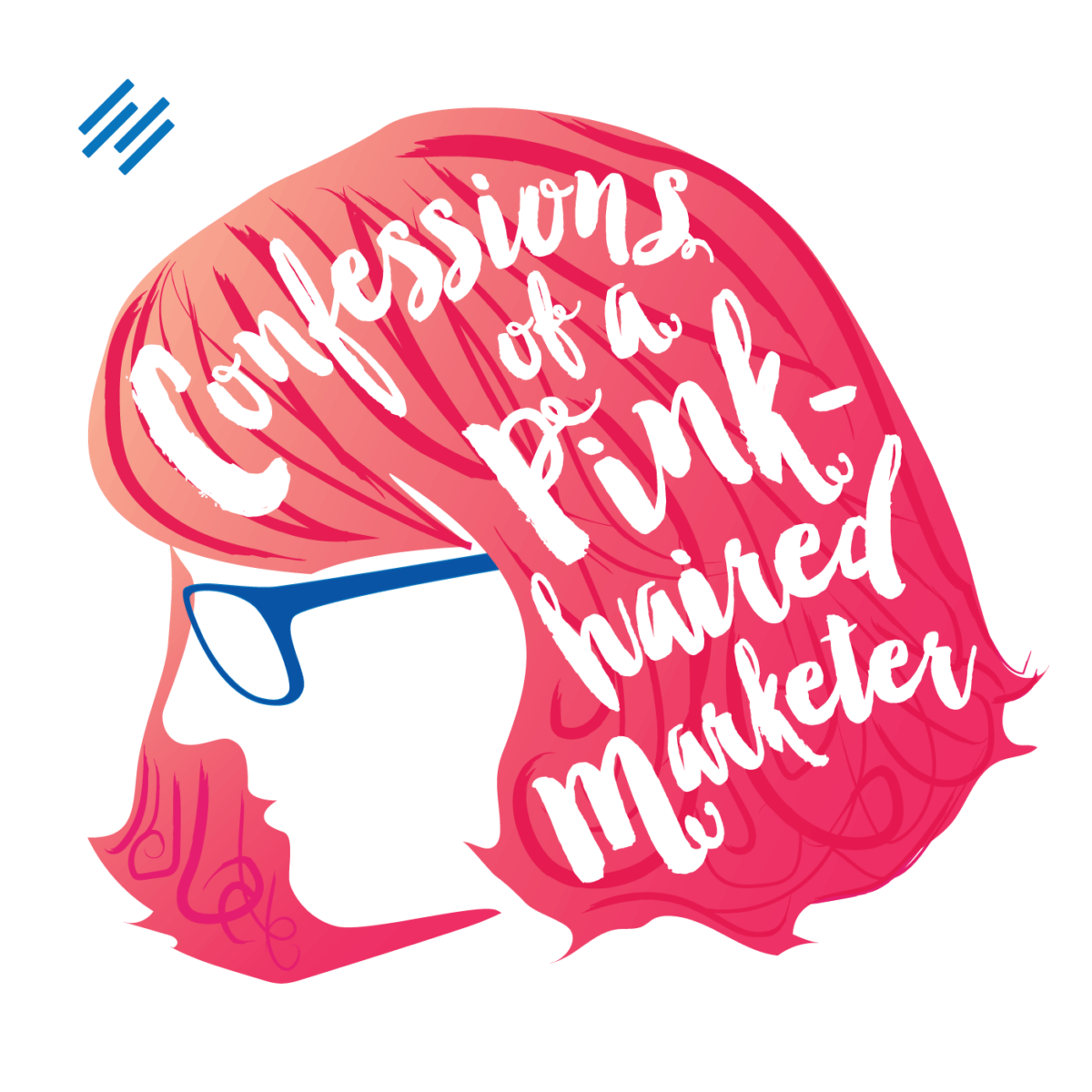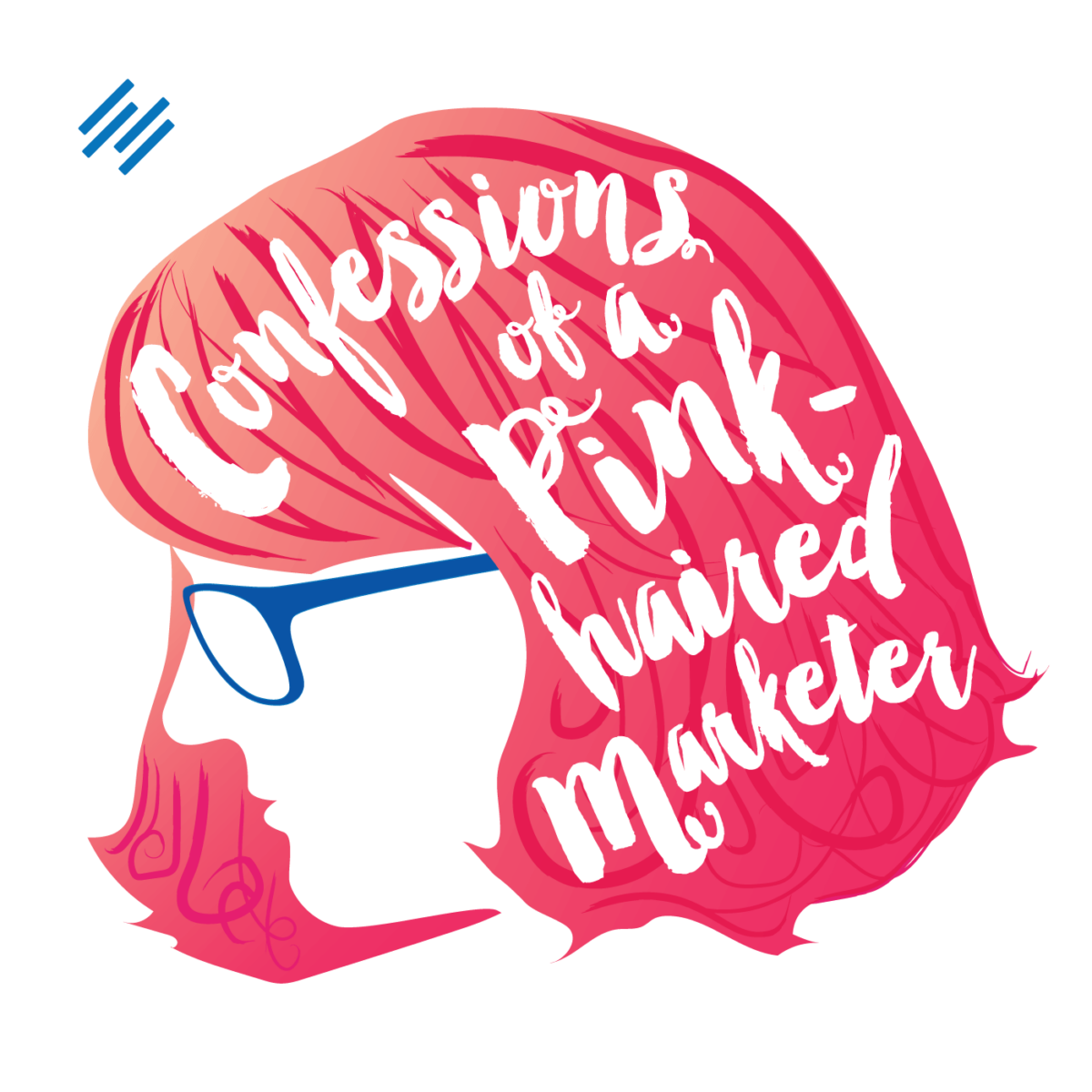No, it’s not a simplistic “Secret,” but there are some very pragmatic benefits to adopting a mindset of abundance.
I’m going to be in a documentary! It’s called The Abundance Code, and it’s about folks who have worked through varying kinds of constraints and found a more fulfilling path. (Both financially and personally.)
All told there are 17 of our stories featured in the film. I haven’t seen it yet, so I’m as curious as anyone about how the final edit will turn out! I thought I’d take this episode to talk about the movie’s central theme and how I approach it.
(Spoiler alert: My take on it focuses on pragmatism and staying grounded and real.)
In this 19-minute episode, I talk about:
- Why “wish and it will appear” magical thinking is so counterproductive
- How to approach positivity and “abundance thinking” in a way that’s pragmatic and realistic
- The “lucky newspaper reader” study and how it can help anyone get luckier (you don’t even have to stay up all night)
- A smart mental strategy you can adopt to maximize happiness
- The crucual role that hard work and consistent effort play in an abundance mindset
Watch the film for free! Premiere week is June 21-30
The Abundance Code premieres the week of June 21, and you’ll be able to view the 90-minute film for free.
Sign up to watch The Abundance Code premiere
The Show Notes
Sonia Simone: Greetings, superfriends! My name is Sonia Simone and these are the Confessions of a Pink-Haired Marketer. For those who don’t know me, I’m a co-founder and the chief content officer for Rainmaker Digital.
I’m also a champion of running your business and your life according to your own rules. As long as you don’t lie and you don’t hurt people, this podcast is your official pink permission slip to run your business or your career exactly the way you think you should.
Note: Links to extra resources are in the Show Notes!
So my beautiful and ultra smart friend Julie Ann Cairns has been working on a project lately that involves me, and this is the month we’re launching. It’s not a course or a product, it’s a film, called The Abundance Code, and it’s a documentary capturing some thoughts and insights from a diverse group of successful folks about, more or less, how to cultivate more luck and opportunity within your circumstances.
I love Julie, she’s more “woo woo” than I am, and I know right now some of you are wondering if that’s even possible. But she’s also super analytical.
She has a finance background, she had a prestigious scholarship in Japan, and while she was in school there she actually founded and ran an English school. She’s worked in banking and for many years she ran an educational site for the financial markets. So she has a lot of numbers in her background, and a lot of analysis.
She has a skill that I always find fascinating when I see it, which is that she understands money. She understands the flow of it, whether it’s the stock market or business or our relationship with money.
And yet she also has a very intuitive side and a side that’s very open to, let’s just say, “non-linear” traditions. She’s a very open-hearted and open-minded person.
So that combination of intuition and kind of “fuzziness” with the very clear-headed analytical side I find fascinating, plus she’s just a good person. I’m very grateful for her friendship.
The reason I’m talking Julie up to you is that I’ve been interviewed for the film, and apparently — I haven’t actually seen an edit yet — there are quite a few segments of ‘that pink-haired lady’ in there. And launch date is this month!
So I know what I said, and with these kinds of projects, I think the film guy was here for maybe six hours, so I said a lot of stuff, but then it all comes together in the editing process as something larger. So I know what I said, but I’m curious to see how it works within the greater context.
I have a few other dear friends in the film as well: Bill O’Hanlon, who’s appeared on this podcast, Ruth Buczynsky, JB Glossinger who’s also appeared here, Victoria LaBalme, Jeff Walker.
So I thought in honor of the film I’d talk about how I see this concept of “abundance,” or luck, or opportunity.
They’re doing a worldwide free premiere of the movie, by the way, which you can sign up for at TheAbundanceCode.com. I know that there will be some kind of additional offer to go further with something paid at the end, I think it’s going to be something that’s not ultra expensive, but also it’s not going to be a weird hard sell. Just a chance to go deeper with it if that feels appropriate for you at this point.
The main thing Julie wants to “sell” with this is really the set of ideas about working and taking care of ourselves in a healthier, more productive, more positive way.
So, let’s shift gears for just a quick minute and think about this Abundance thing.
It’s not The Secret
I think the first thing that may come up for a lot of people when we start to toss these ideas around is the notion from some of the popular self-help material that was really pushed by the movie “The Secret,” which is this idea that, “If you visualize it, it will come.” The word often used is manifest.
So if you wish hard enough and ask nicely, the universe is like your all-powerful mommy and will give you millions of dollars and perfect health and beautiful relationships and no problems.
And everyone above the age of four knows this is a lie, or ought to know.
I’m actually profoundly offended by this idea. Because of course, we’ve got 7 or 8 billion people on the planet right now, many of whom are suffering quite profoundly, many of whom are very genuinely stuck in very bad situations, and they’re not there because their mindset is off.
Bad things don’t happen in life because somehow we invited that with our bad mindset. That’s just a toxic viewpoint, and also, you know, incorrect.
So the way that I think about this whole luck and good fortune thing is not that somehow we are entitled to something special from the universe, or that some cosmic justice owes us good things. That’s childish and silly.
But there’s an element of this Abundance business that I think is often overlooked, and is much more pragmatic.
For most of us, there are more opportunities than you’re seeing
So if you’re listening to this podcast, you have internet, you have some kind of device that can play podcasts, you have enough free time to listen to something for 20 minutes or so. You have some assets.
I read about a fascinating study, I think it might have been in Martin Seligman’s book Learned Optimism, which is very solid.
I’ll paraphrase and quite possibly get the details a little fuzzed, but:
A group of students is recruited. Before they get started, they’re sorted into groups — some describe themselves as “being lucky” and some as “being unlucky.” They’re all given a newspaper and told that when they find a short specific kind of code in it, they’ll get $20.
The code is in tiny text and let’s say it’s on page 17. But on page 2, there’s a large ad — like one of the big quarter-page display ads that used to appear in that ancient technology, that says, “You don’t have to keep looking — here’s the code.”
So the unlucky people and the lucky people all find the code and get the $20. But the self-described lucky people overwhelmingly see that ad — and remember, it’s much bigger than the “real” code is — and get to the $20 in less than a minute, while the self-described unlucky overwhelmingly pore through the whole paper before they find the good stuff.
People who believed they were lucky were looking for some luck. They said to themselves, “Hm, I wonder if my usual good luck will hold out here, let me take a quick check.”
And the unlucky people didn’t look for that — so they didn’t see it, even though it was quite a bit more prominent.
And that study, in a nutsell, explains how I think about good fortune and abundance.
Choosing your beliefs wisely
I just finished Raj Raghunathan’s book If You’re So Smart, Why Aren’t You Happy? (see show notes for a link) which is based on his super popular Coursera course on happiness. It’s a good book with a lot of exercises and a very pragmatic approach.
Here’s what he said about our beliefs of whether or not life, (or The Universe or whatever label you would use) is in its nature benign, indifferent, or hostile:
… the belief that “life can be trusted” and the associated belief that “everything happens for the best” isn’t any less scientifically valid than are the competing beliefs, that “life is indifferent” or that “life is malign and can’t be trusted.
In other words, you could look at the mass of the evidence and argue for any of those. It’s not fundamentally a very scientific question and it can’t really be answered with the scientific method.
But here’s the bit I find useful:
… what can be proven is that from a utilitarian perspective — that is, from the perspective of maximizing happiness — it is better to believe that life is benign than it is to believe otherwise.
And that’s because of this mechanism that we tend to see what we’re looking for. There’s so much of our environment, and there always has been, that’s irrelevant. So just like ancient hunters, we’re looking for the signs that will lead us to what we want — a successful hunt, a site with fresh water or some nice berries to eat. Or in our case here in the 21st century, for more success, bigger audiences, better career or a better business, more satisfying relationships with the people in our lives — all the good stuff.
Stop believing it’s magic
So for me, the belief that The Universe is Abundant and will Magically Take Care of Us doesn’t work, because a) it’s not consistent with my observations, and b) when something not-so-good happens, I think it comes with a toxic sub-message that we somehow thought something Bad and made the bad thing happen to us.
But the belief that There’s More Out There than I’m Seeing Right Now, and If I Start to Look for It, I’ll Find Something Cool is one I can get behind — because it is consistent with my observations, and because the sub-message is, If I haven’t seen it yet, I’m going to keep looking, because there are a lot of possibilities out there that I haven’t run into or maybe just haven’t noticed yet.
And you know, it all comes with hard work and with paying attention and doing our best and taking consistent action, even if that action is fairly small.
We’re not sitting there waiting for some external force to “manifest.” We’re finding a path, exploring options, taking action, observing carefully, and keeping a good outlook without being delusional about it.
To me, that’s been empowering and useful. It doesn’t just break when things are difficult, or cast me into some kind of funk of self-doubt. It empowers hope. And I hope perhaps it will do those things for you as well.
You can sign up to see the film for free at TheAbundanceCode.com, I’m really excited about it, the launch week starts on June 21st.


